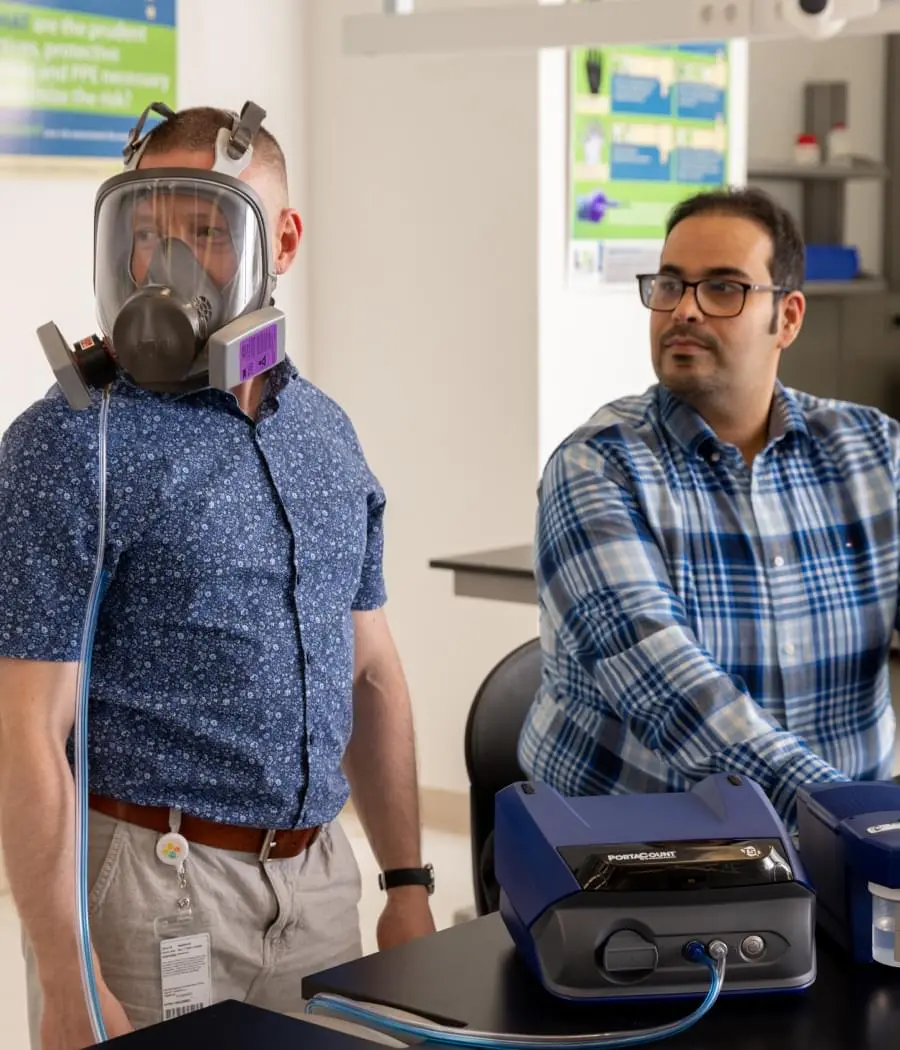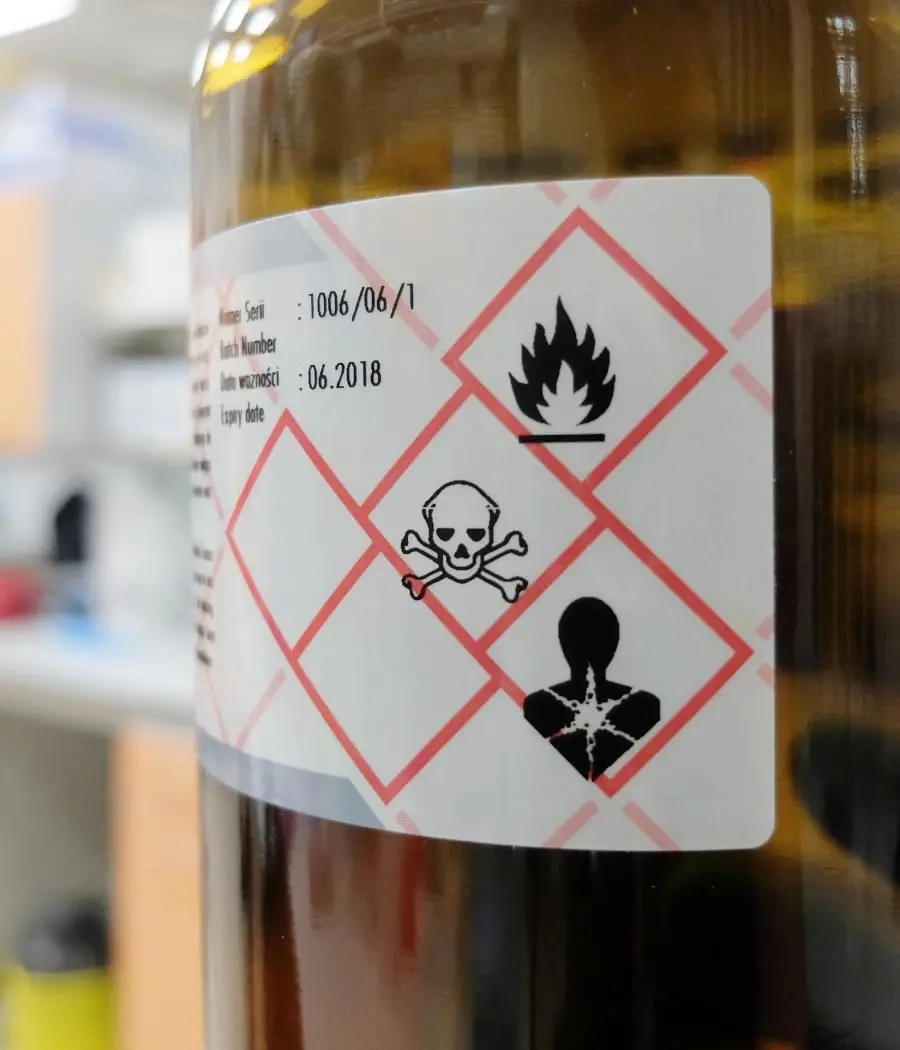




Quick Links:





Through the identification and assessment of exposure risks, our Industrial Hygienists work towards protecting our researcher and staff from hazards within the academic and research laboratories. KAUST Industrial Hygiene program encompasses the occupational hazards associated in the research both in and outside of the laboratories with chemical agents, physical agents such as noise, temperature extremes, vibration, biological as well as ergonomic hazards.
Industrial Hygiene is the science of anticipation, recognition, evaluation and control of occupational hazards that may cause illness, immediate or delayed impairment of health and well-being, discomfort, or physical discontent.

The purpose of this program is to provide KAUST researchers, visiting researchers, staff and students with procedures for the safe selection, maintenance and use of tight-fitting respiratory equipment to prevent harm when being exposed to potentially harmful airborne contaminants. To use a respirator in KAUST laboratories, you must be enrolled in the KAUST Respiratory Protection Program.
Industrial Hygiene supports the Hearing Conservation Program at KAUST. The primary goal of the program is to reduce, or eliminate hearing loss due to workplace noise exposures. Occupational noise is one of the most common occupational health hazards.


It is a fundamental principle that employee exposure to substances that are hazardous to health should be prevented, or where this is not reasonably practicable, adequately controlled. Particularly Hazardous Substances (PHSs) are substances that include select carcinogens, reproductive toxins, and substances that have a high degree of acute toxicity as identified in the Safety Data Sheet.
The laboratory ergonomics program assists researchers in managing ergonomic risks (e.g. repetitive tasks such as microscope use, pipetting, and miscellaneous hand tool use) and preventing musculoskeletal disorders (MSDs).
The Laboratory Ergonomics Guideline provides guidance on preventive measures for specific laboratory operations that have been identified as high risk to develop MSDs. MSDs are injuries or disorders of the muscles, nerves, tendons, joints, cartilage, and spinal discs.


This program helps inform KAUST researchers, staff, students and contractors who are required to perform work outdoors as part of their normal work or research scope. Those who have the potential to be exposed to high or very high temperatures must be aware of the risks and more importantly, to know what control measures to follow to prevent a personal injury in high temperatures, particularly those who engage in field research as a part of their jobs
Your first line of defense while working with or around a hazard is engineering controls i.e., fume hoods, biosafety cabinets. Personal protective equipment (PPE) is your last line of defense for protection against any hazard. If you require PPE contact the Research Safety Team (hse@kaust.edu.sa).

